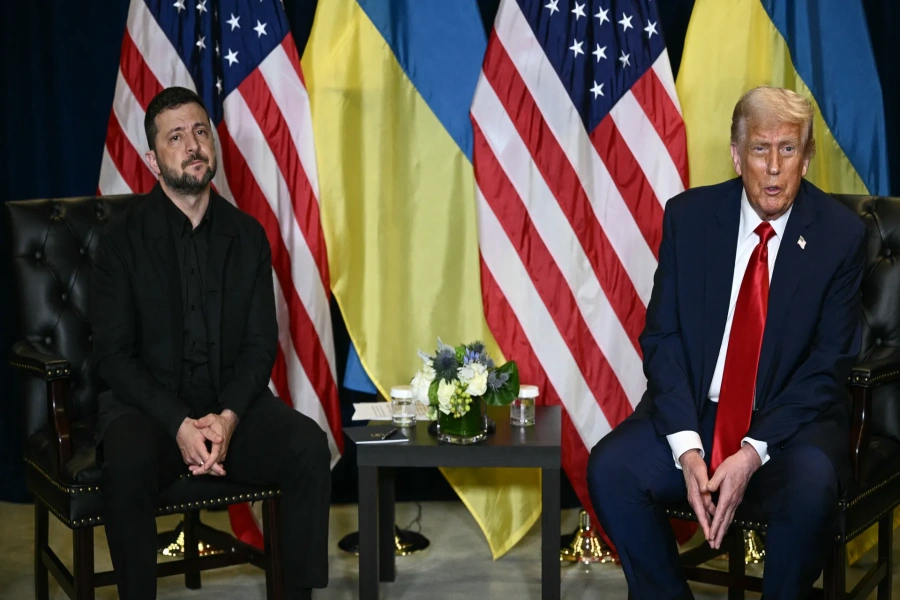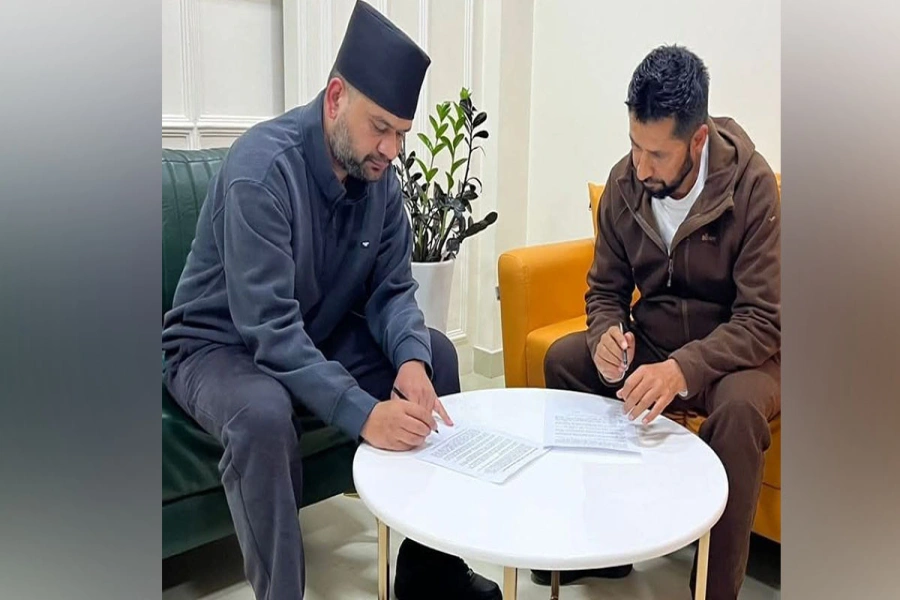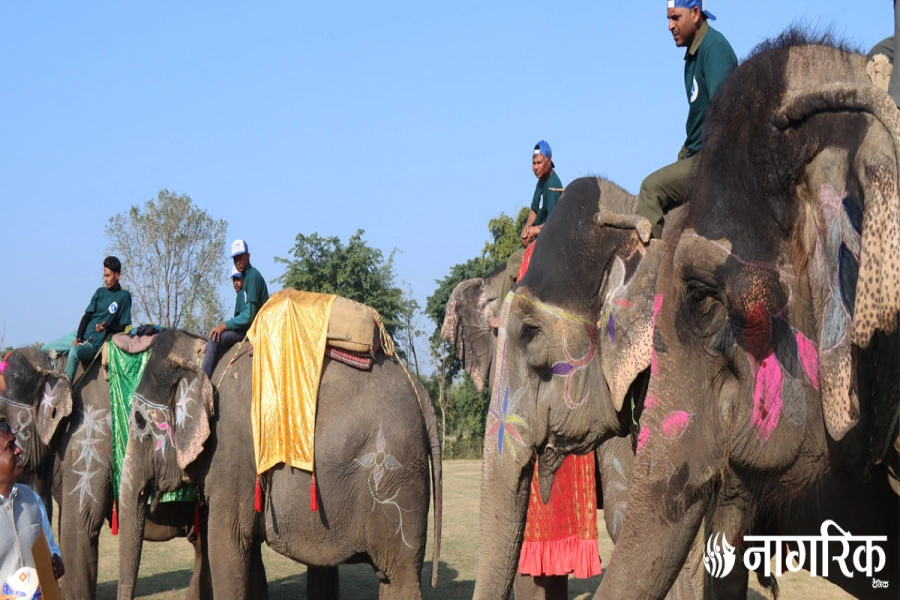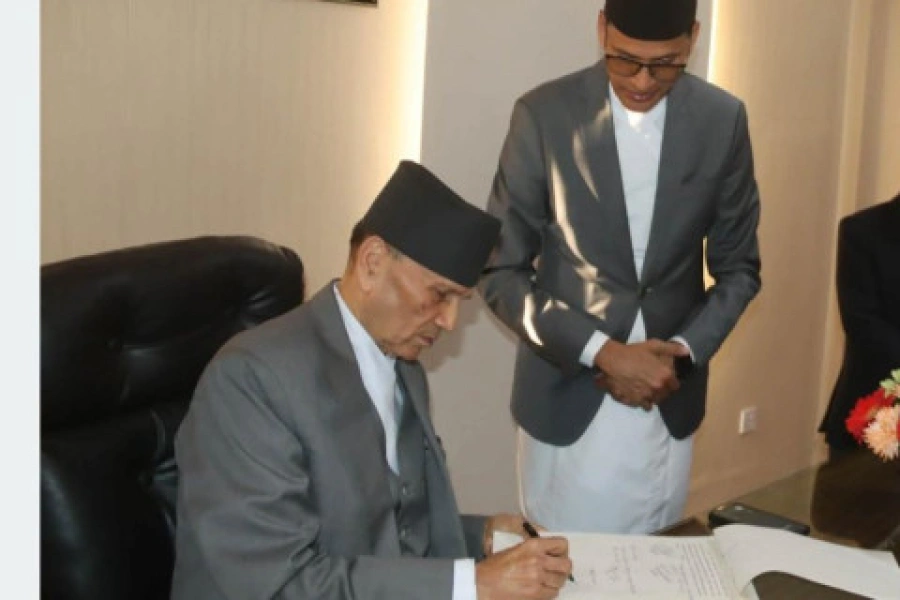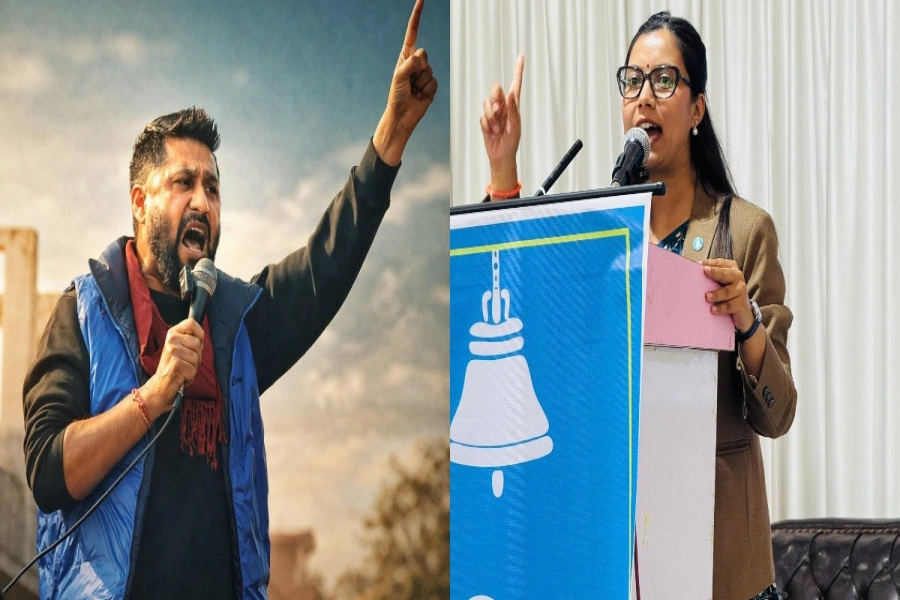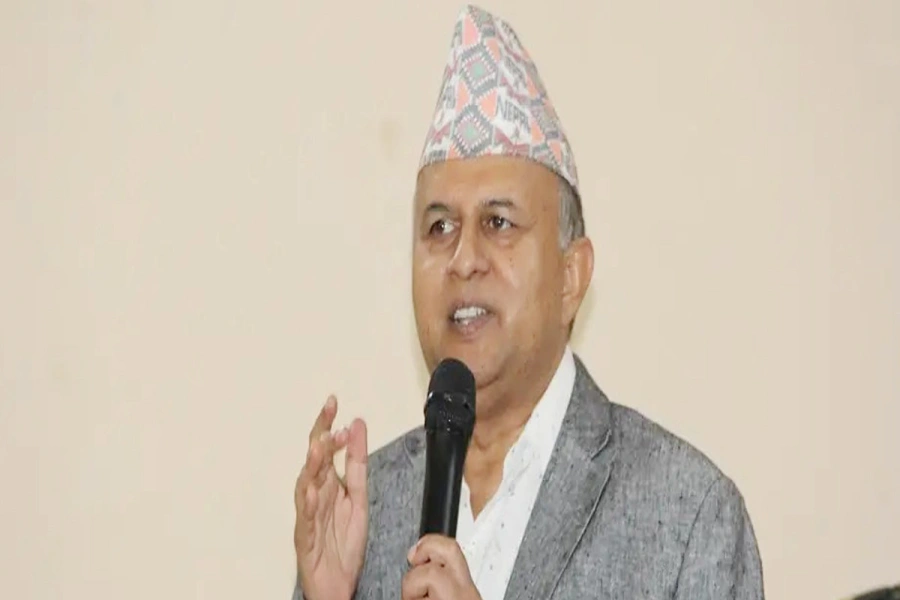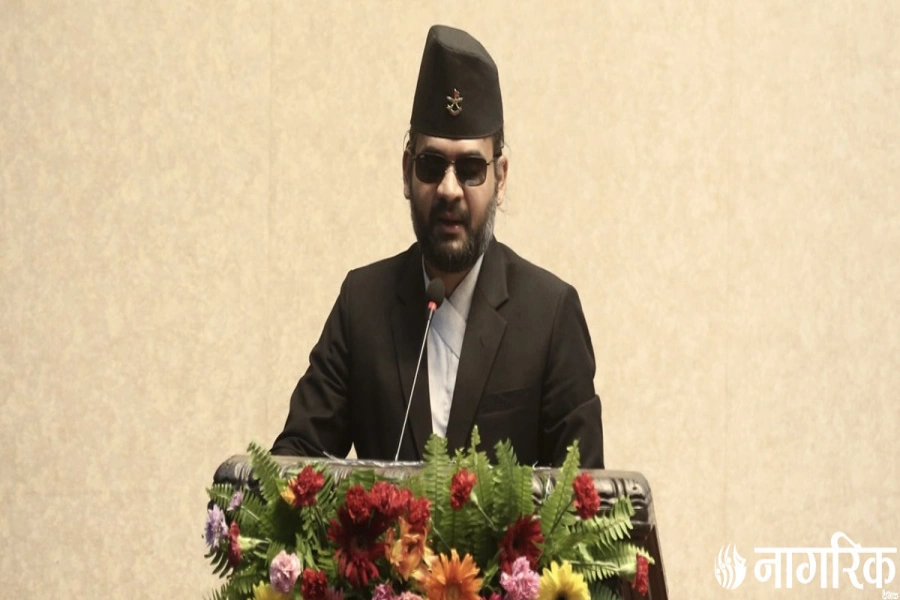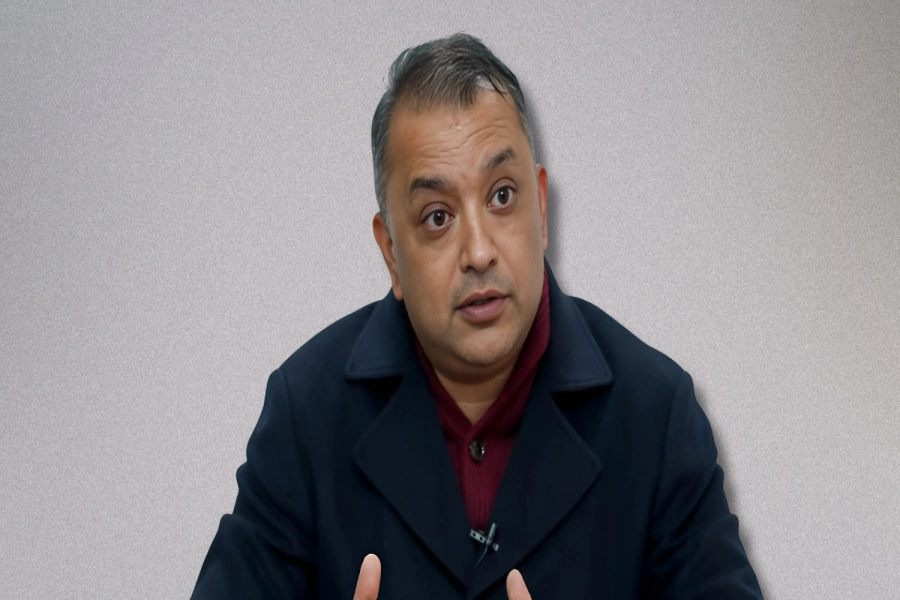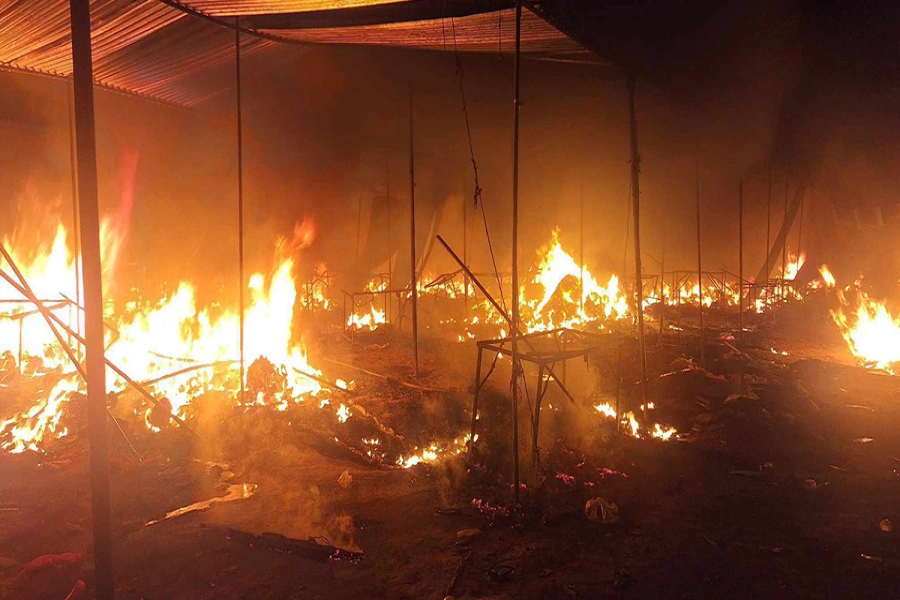He wanted to provide a platform to some budding Nepali dancers in France, which is how the YouTube channel Avash Acharya Productions came into being. 23-year-old Acharya had always been passionate about producing content and is now working on introducing Nepali culture to the European audience and market through it. Isha Upadhyay caught up with him to find out more about his work and future plans during his recent trip to Nepal.
How did you get into video making?
I think videography is in my genes. My father Resh Raj Acharya has been producing movies for almost three decades now. I remember accompanying him to work and watching the video editing process of making a movie. As a child, I was enthralled and I ended up at the New York Film Academy too. As a creative person, I feel good when I’m behind a camera, bringing to life all that exists inside my head.
What made you start your own YouTube channel?
In December 2015, after a couple of other YouTube channels, I realized I needed to do something a little different in order to stand out from all the people who use YouTube. Having been to many Nepali cultural shows in Paris, I thought I should encourage what they do and give them a platform to showcase their talent. Now, one of our videos has more than 2.5 million views. In the future, I want to do more fusion songs where I use Nepali translations of French songs and the song itself. It makes the content stand out and makes it catchier than either of the songs could have been alone.
Here’s how to re-ignite passion in your bedroom

How would you describe your working style?
I’m the only one who does all the behind the scenes work. This is usually what happens while creating a video for YouTube but I did have the option of hiring someone. In the very early days of the idea taking shape, I realized that don’t want an assistant helping me out on the sets because not only would that make me lazy, it also meant that I needed to hand over my vision to someone else. As long as I work by myself, I will know exactly what I’m doing and where I’m going wrong.
What goes on behind the makings of a video?
I choose songs based on recommendation from my friends, and sometimes opt for a catchy popular song I have heard. If I don’t feel inspired by anything in particular, I work towards creating a remix of Nepali and French songs. I sing as well and I think that helps me make the songs, which are Nepali translations of French songs, have different melodies.
When the song and the concept are ready, I share it with my partner and choreographer, Sofiya Basnet. She takes a few days to choreograph it and then shows it to me. When we are both satisfied with everything, we approach the dancers with our ideas and the rehearsal for the shoots begins.
We shoot for about four days, where we do the entire choreography, countless times in different locations. I then cut the best parts out of the videos and make a rough one in a day. The color correction and other editing process take up to two more days and then on the weekend when the video is ready I publish it. I use a 4K DJI phantom drone, and a Canon 7D as my cameras and I use accessories such as trolleys, sliders, and tripods to film the videos.
Can you tell us about the challenges you face in your line of work?
Before the Paris terrorist attacks, it was very easy to make videos. Since I use a drone for some of my shots, I now need permission from the concerned authority. And getting a night shot is impossible now because using a drone is prohibited. I can do a one-location shoot. It would be easier, not just for me but for the people in my team too, but that would mean that I’m not being creative. I can’t put up content I don’t believe in. It doesn’t matter how long it takes, and how much hard work I need to put in, I have to get things done properly.
Also, since I work with a young team of 18-19 year olds I have to take permission from their parents to feature them in videos, and that takes some pretty hard work especially since many of the parents don’t know what YouTube is in the first place. Another tricky bit is getting permission to use the songs. There’s fair bit of navigation and convincing to be done here too.
What keeps you going?
I have a lot of friends in the Nepali film industry. People like Priyanka Karki, Keki Adhikari, and Barsha Raut have loved the idea of me promoting the industry in Europe. Besides that, I simply love what I do and I wouldn’t have it any other way. To make my work easier, during my stay in Nepal, I’m trying to work out the rights of Nepali movies to distribute all the recent releases back in France. Back there, it’s very hard to get our hands on Nepali movies right after they are realized in Nepal and I want to get rid of that market gap.




